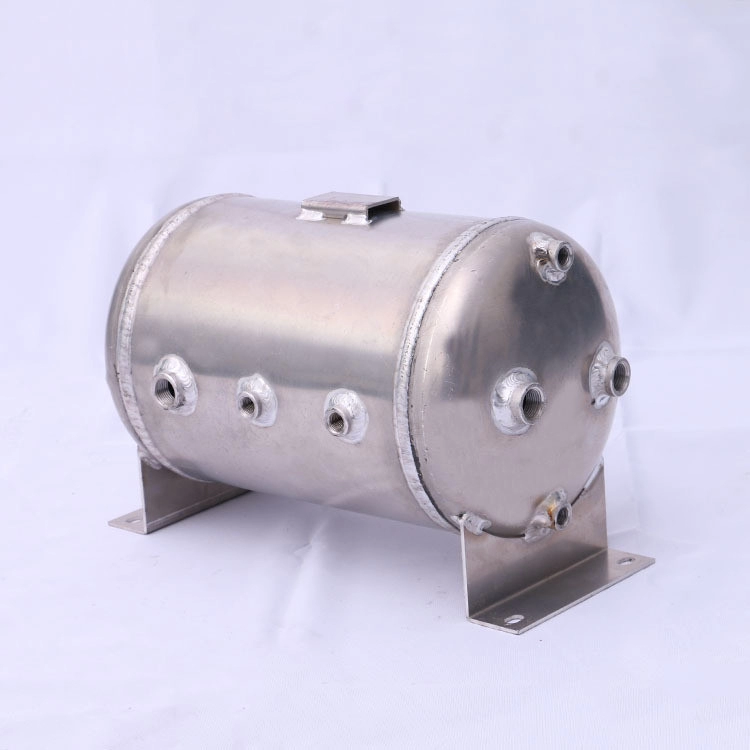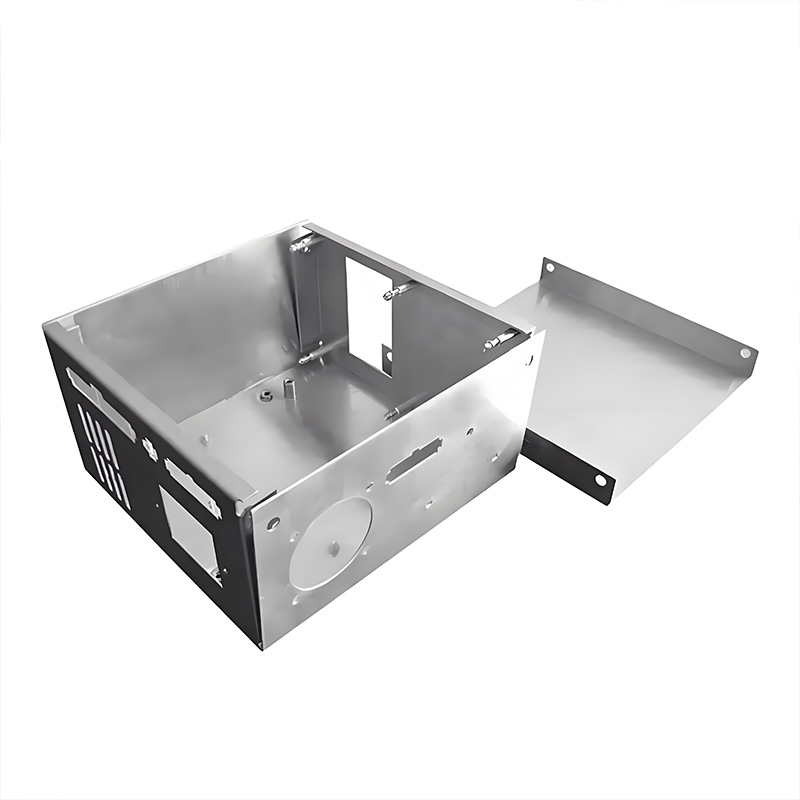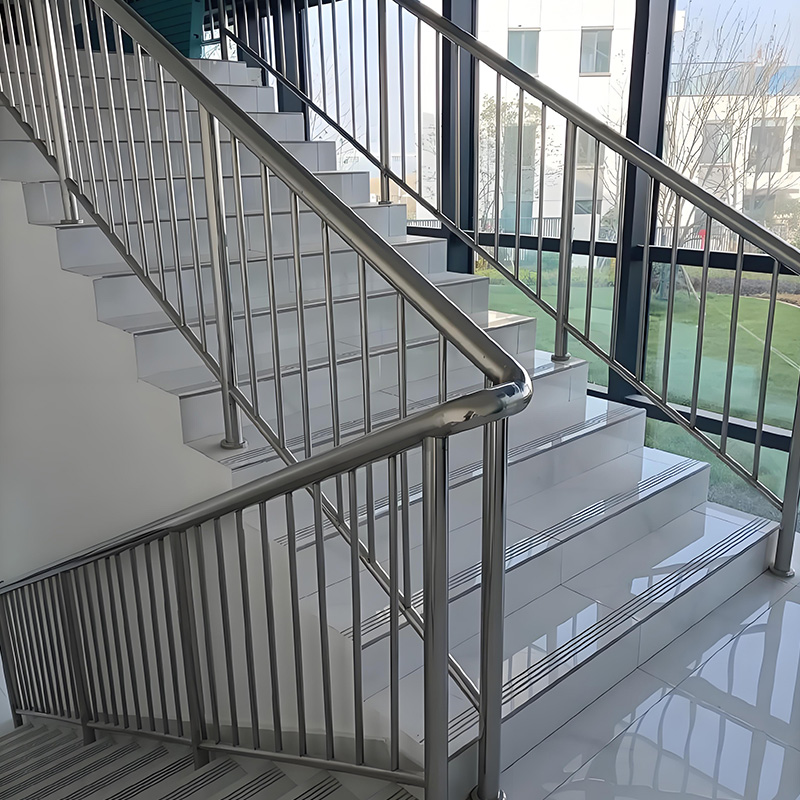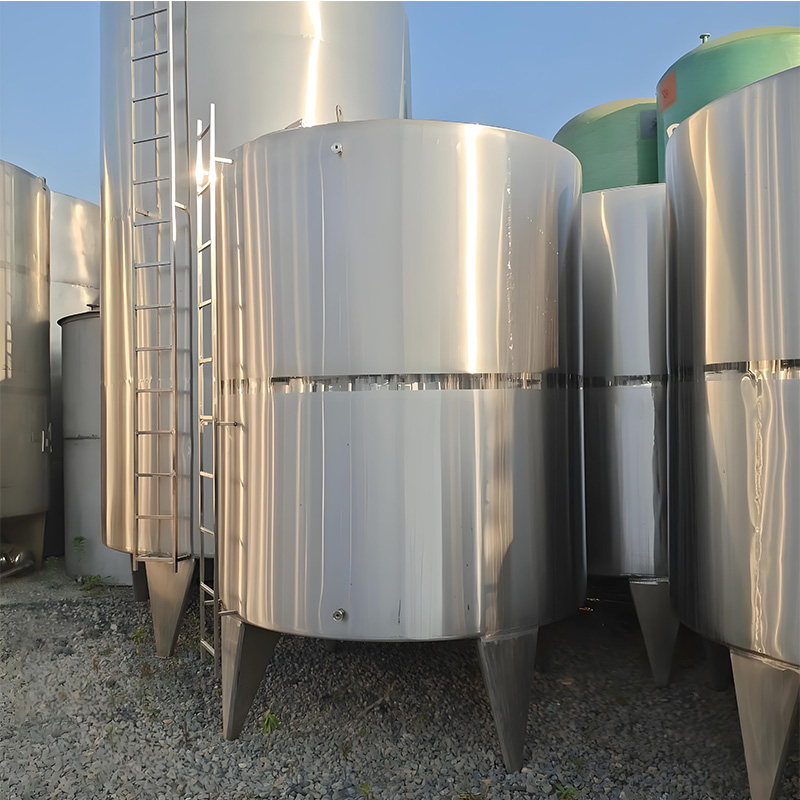Stainless Steel Storage Tank: 6 Must-Know Secrets for Ultimate Durability
Introduction: The Hidden Challenges in Tank Longevity
Ever wonder why some stainless steel storage tanks last decades while others fail prematurely? The answer lies beyond just material selection. In fact, improper maintenance causes 43% of industrial tank failures according to Chemical Processing Magazine (2024).
Interestingly, durability isn’t solely about steel grade. Our team discovered this firsthand during a 2025 brewery project where two identical tanks showed vastly different corrosion rates.
Secret #1: Material Matters – But Not How You Think
While 304/316L stainless steel storage tanks dominate the market, exotic alloys like 2205 duplex steel outperform them in chloride-rich environments. Consider this comparison:
| Property | 316L Stainless Steel | 2205 Duplex Steel |
|---|---|---|
| Chloride Resistance | Good (up to 500ppm) | Excellent (up to 2000ppm) |
| Cost Premium | Baseline | 25-40% higher |
| Lifespan in Coastal Areas | 10-15 years | 25+ years |
Counterintuitively, upgrading material can reduce total ownership costs by 18% according to Materials Performance Journal data.
Secret #2: The Installation Trap Most Companies Fall Into
Step-by-Step Foundation Guide
Improper installation causes 27% of structural issues. Follow these steps:
- Conduct soil testing (minimum 3 core samples)
- Design concrete footing with 30% greater area than tank base
- Install cathodic protection if resistivity < 10,000 ohm-cm
- Apply bituminous coating to foundation edges
- Verify levelness with laser alignment (<3mm variance)
Secret #3: Corrosion Control Beyond Passivation
While passivation is standard, advanced techniques like electrochemical noise monitoring detect pitting 6-8 months before visible damage appears. For example, a pharmaceutical plant reduced maintenance costs by $120,000/year using this method.
Secret #4: Thermal Cycling – The Silent Killer
Repeated heating/cooling cycles cause expansion stress. Our solution? Install expansion joints every 15 meters and use flexible connections. Surprisingly, even 50°C daily temperature swings can fatigue welds in 7 years.
Secret #5: Cleaning Protocol Pitfalls
Common mistake: Using hydrochloric acid on stainless steel storage tanks. Chloride ions induce stress corrosion cracking. Opt for citric or nitric acid solutions instead.
Secret #6: Smart Monitoring Implementation
Modern sensors track thickness loss in real-time. Case study: A chemical plant using wireless ultrasonic sensors caught 0.7mm thinning before breach occurred.
Durability Checklist Before Final Sign-off
Passivation report with ASTM A967 standards
Foundation as-built drawings
Third-party weld inspection records
Corrosion monitoring system calibration
Frequently Asked Questions
Q: How often should I inspect my stainless steel storage tank?
A: External checks monthly, internal inspections every 5 years minimum. Increase frequency for corrosive contents.
Q: Can I repair pitted areas myself?
A: Only temporary fixes. Permanent repairs require qualified welders using back-purged TIG welding.
Q: What’s the typical lifespan of industrial tanks?
A: Properly maintained stainless steel storage tanks last 25-40 years. Some century-old tanks still operate in distilleries!
Conclusion: Beyond the Surface
Ultimate durability combines material science, engineering precision, and proactive maintenance. By implementing these secrets, your stainless steel storage tank becomes a long-term asset rather than a recurring expense.










